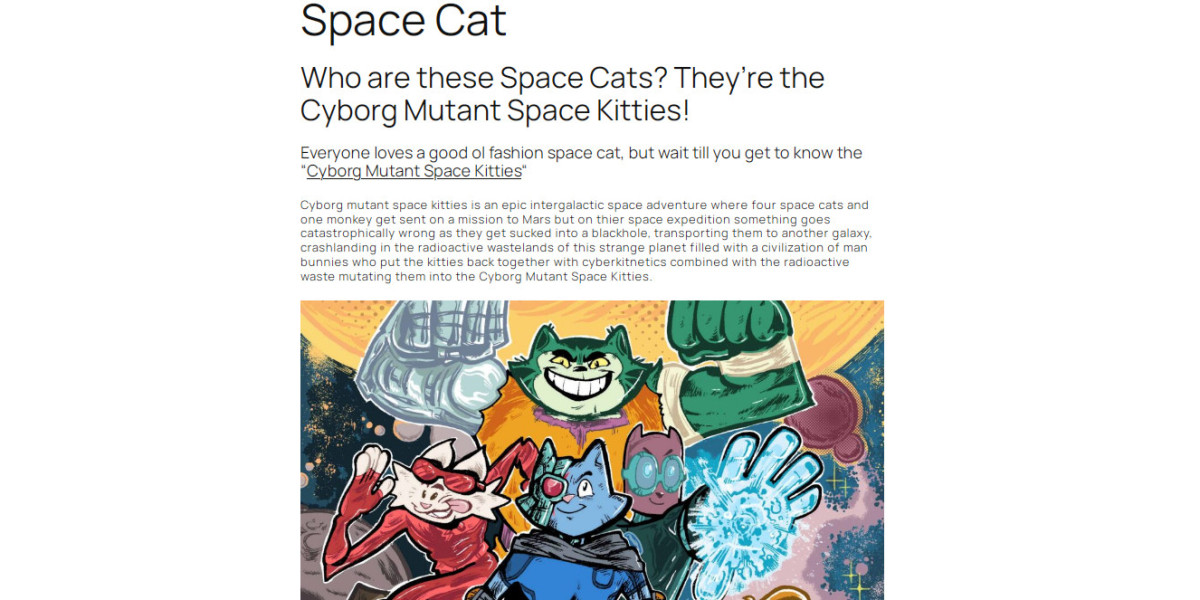Space Cat: The Feline Explorer of the Cosmos
Cats have always been creatures of mystery, curiosity, and independence. Their graceful movements, sharp instincts, and seemingly otherworldly behaviors make them the perfect candidates for cosmic exploration—at least in our imaginations. The idea of a “Space Cat” has been a recurring theme in science fiction, popular culture, and even scientific discussions about animals in space. Whether portrayed as an astronaut’s companion, an intergalactic traveler, or a mythical guardian of the stars, the concept of the Space Cat is both whimsical and thought-provoking.
The Origins of Space Cat in Science and History
While Space Cats might sound like a purely fictional concept, the idea of sending animals into space has been a reality since the early days of space exploration. In 1963, France launched a cat named Félicette into space aboard a sub-orbital rocket. Often overshadowed by Laika, the famous Soviet space dog, Félicette was the first and only feline astronaut. Electrodes implanted in her brain transmitted neurological data back to scientists, helping researchers understand the effects of space travel on living organisms.
Though Félicette’s journey was brief, her contribution to space science was significant. In 2019, she was finally honored with a statue at the International Space University, cementing her place in history as the first real Space Cat.
1. Space Cats in Science Fiction and Pop Culture
Long before and after Félicette, the concept of the Space Cat had already captivated science fiction creators. Writers, animators, and filmmakers have continuously reimagined felines as space travelers, intelligent alien species, or sidekicks to astronauts. Some of the most memorable Space Cats include:
- Goose from Captain Marvel – While appearing to be an ordinary cat, Goose is actually a Flerken, an alien creature with tentacles hidden inside its mouth and an ability to store objects in a pocket dimension.
- Jonesy from Alien – The orange tabby aboard the Nostromo spaceship, Jonesy is famous for surviving the terrifying Xenomorph attack, proving that a cat’s survival instincts are unparalleled even in deep space.
- Lying Cat from Saga – A large, sleek feline that can detect lies, serving as a unique companion to its bounty hunter owner in the Saga comic series.
- The Cat from Red Dwarf – An evolved, humanoid descendant of a domestic cat that adds humor and style to the beloved sci-fi comedy series.
These depictions of Space Cats highlight how well the characteristics of felines align with the themes of exploration, mystery, and survival in the vast, unpredictable cosmos.
Why Cats Are the Perfect Space Travelers
In many ways, cats seem like natural-born astronauts. Their heightened reflexes, independent nature, and adaptability make them fascinating candidates for cosmic journeys. Here are some reasons why Space Cats would thrive in extraterrestrial environments:
1. Agility and Balance in Zero Gravity
Cats have an exceptional sense of balance, thanks to their highly developed vestibular system. This ability allows them to land on their feet, a skill known as the “righting reflex.” While zero gravity would challenge this natural instinct, it’s interesting to imagine how a cat might adapt to floating environments aboard a spaceship.
2. Superior Night Vision
A cat’s vision is optimized for low-light conditions, making them ideal explorers for the dark expanse of space. Whether navigating dimly lit space stations or alien landscapes, their keen eyesight would give them an advantage over human astronauts.
3. Independent Problem-Solvers
Cats are known for their problem-solving abilities and self-sufficiency. Unlike dogs, which rely heavily on human commands, cats analyze their surroundings and make independent decisions. This trait would make them intriguing cosmic explorers, capable of navigating unknown territories without constant supervision.
4. Companionship and Emotional Support
Space missions are long and isolating, often taking a toll on astronauts’ mental well-being. Studies have shown that animals provide stress relief and emotional comfort in confined environments. A Space Cat aboard a deep-space vessel could serve as a calming companion, helping astronauts deal with loneliness and anxiety.
The Future of Space Cats: Could We See Feline Astronauts?
While sending a real cat to space might seem unlikely in the near future, advances in space exploration have sparked discussions about the role of animals in future missions. If humanity begins colonizing other planets or establishing long-term space habitats, the presence of animals—including cats—might become a reality.
Several factors would need to be addressed before a Space Cat could truly exist in a functional capacity:
- Adaptation to Space Travel: Cats would need to be trained to handle zero gravity, artificial environments, and prolonged space journeys. Unlike dogs, they are less accustomed to strict training, which could pose a challenge.
- Health and Safety: The impact of microgravity on feline biology remains largely unknown. Would a cat’s muscle mass and bone density suffer the same way a human’s does in space?
- Sustainability: Space missions are highly resource-dependent. Providing food, waste management, and veterinary care for a cat in space would require additional planning.
Despite these challenges, the thought of Space Cats joining human explorers in the cosmos is an exciting and imaginative possibility.
The Symbolism of Space Cats in Human Imagination
Beyond the scientific and fictional representations, Space Cats symbolize humanity’s innate curiosity and the desire to venture into the unknown. Just as domestic cats explore every corner of their homes, squeezing into tight spaces and chasing the unseen, humans have an insatiable drive to explore new frontiers.
The image of a Space Cat—floating weightlessly through a spaceship or gazing out at a distant planet—embodies the wonder and adventure that space represents. Whether as a whimsical internet meme, a character in a sci-fi film, or a real-life astronaut’s companion, the Space Cat remains an enduring figure of cosmic curiosity.
As we continue our journey into the stars, one thing is certain: wherever humanity goes, our love for cats will follow, perhaps even into the farthest reaches of the universe.









